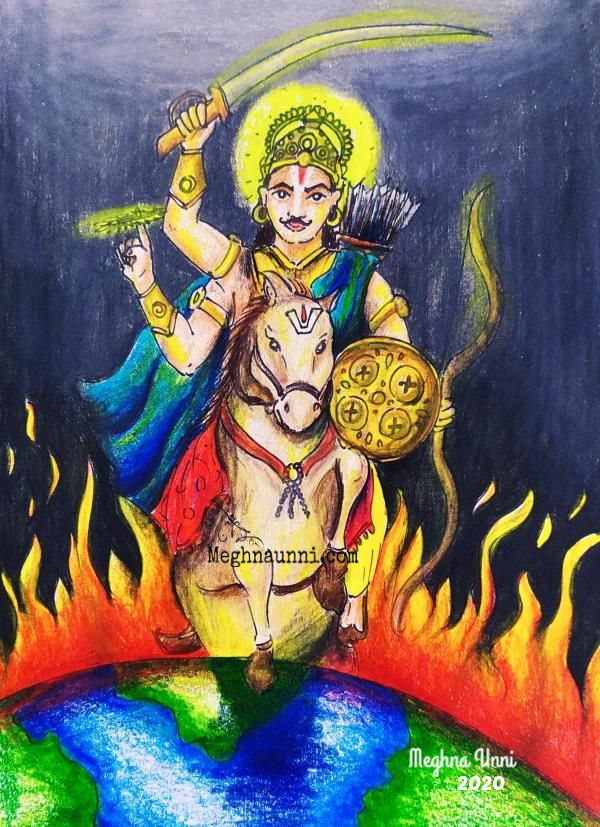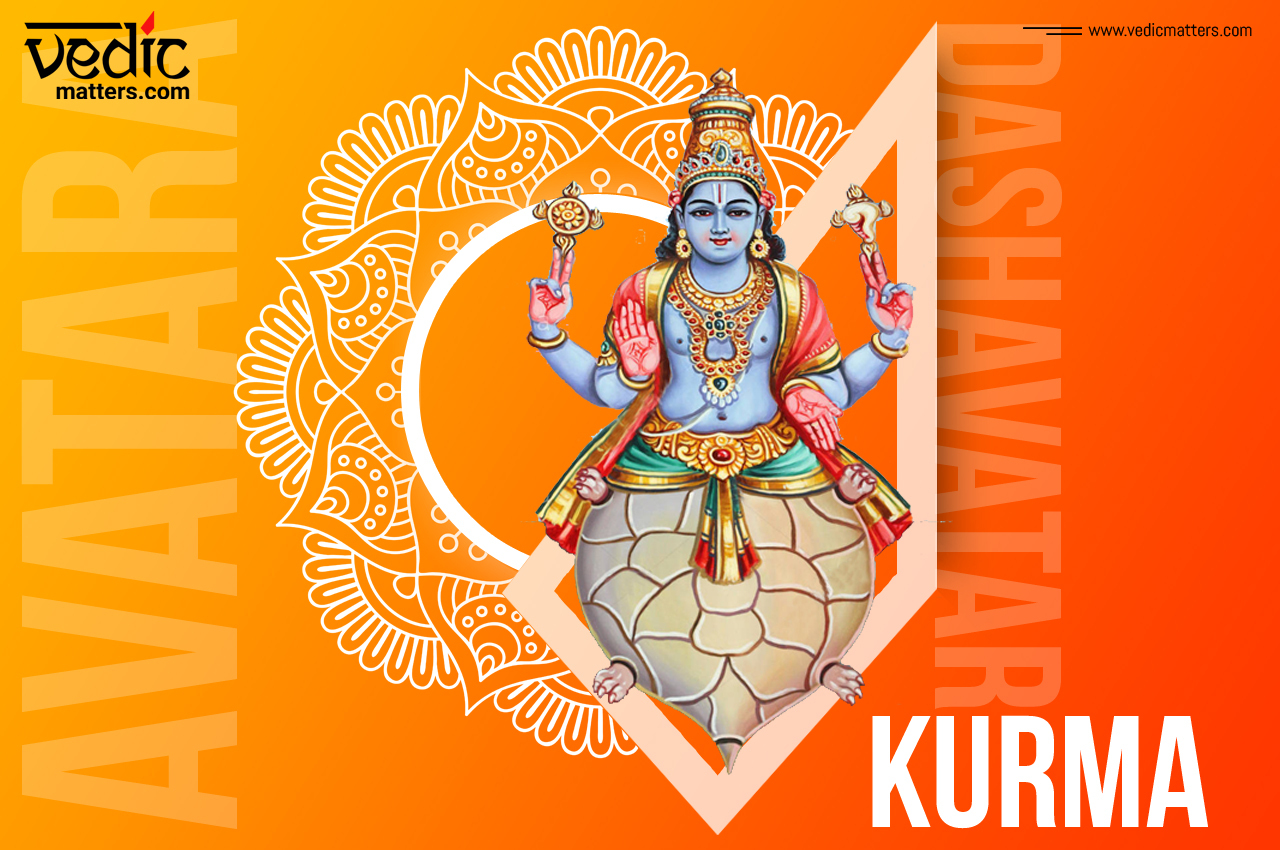

Located in Gavirangapura, the Gavi Ranganatha temple is another place where the main deity is Kurma (despite it's name). The Kurmai and Kurmam temples mentioned in Keshav's answer are undoubtedly the most famous Kurmavatar temples.

If you want to pay a visit, the address is Omkar Hills, Srinivaspura, Bengaluru-60, India. One photo of the main deity is available here: Matsya means ‘fish’ in Sanskrit and Matsya Avatar is the incarnation of Lord Vishnu in the form of Fish. Sri Matsyanarayana Temple in Omkara Ashrama is the only temple of its kind in Karnataka of Bhagavan Sri Matsyanarayana Swamy.Matsya Avatar was the first Avatar of Lord Vishnu, among the Dashavatara of Mahavishnu. The Matsya Narayana Temple at Omkar hills in south Bangalore is a temple dedicated to the Matsya Avatar of Vishnu. As the Skanda Purana describes, you might even see a glimpse of Varaha himself running around as a white boar! So the next time you go to Tirupati, make sure you go to that temple first. Since Varaha lives on the western bank of Pushkarini, a temple was created there for him by Ramunjacharya, as described in this excerpt from the Venkatachala Itihasamala. Not to keep you in suspense, Adi Varaha Kshetra is now called Tirupati, and the story I'm alluding to is the famous story of Venkateshwara.Īnd to this day, devotees to Vishnu's temple in Tirupati, the world-renowned Tirumala Venkateshwara Temple located on the southern bank of Swamipushkarini, are supposed to first go and worship Varaha. Varaha agreed, but on the condition that anyone who worships Vishnu in Adi Varaha Kshetra must first pay his respects to Varaha. He requested permission to stay in that place from Vahara (Vishnu's own incarnation!). Lakshmi came down to the Earth and started living in Adi Varaha Kshetra, and then Vishnu himself came down there to find her. (That's why the present Kalpa is called Shwetavaraha Kalpa - the Kalpa of white Varaha.)īut this place became even more famous when Lakshmi abandoned Vishnu after being kicked by Bhrighu. This area near the Swamipushkarini lake came to be known as Adi Varaha Kshetra (the place of the first Varaha), and it has been called the "oldest place on Earth", because Varaha has been living there since the beginning of the present Kalpa. He is worshipped there by the leading sages, Vaikhanasas ("anchorites") of great magnificence, noble souls on a par with Brahma. On the western bank of Swamipushkarini, honored by all the worlds, remains seated The Lord having the face of Boar. The Lord of the Earth was Eulogized by the leading sages beginning with Narada. He then rode on Lord Garuda and went to Vrishabhachala. Her sniffed the face of and placed her on his left lap.

He lifted up Goddess Earth with her arms and Embraced her. On seeing her saluting the eyes of The Lord beamed with delight. But afterwards he came down and started living on the Earth for the benefit of his devotees, as described in the Venkatachala Mahatmya of the Skanda Purana (page 12 of this PDF):Īfter eulogizing the Lord thus Goddess Earth saluted him (falling on his feet. Most people only know about how Varaha defeated the demon Hiranyaksha and retrieved the Earth from the water. The question of Varaha temples is the most interesting, because like Vishnu's incarnation Parashurama, Varaha is still alive on the earth today. That idol doesn't look much like a turtle, but the famous Swayambhu (divinely created) idol at the Sri Kurmam Temple, also in Andhra Pradesh, clearly looks like a turtle: Here is the idol of Kurma from the Kurma Varadaraja Swami Temple, a Pallava-era temple in the village of Kurmai (named after Kurma) in Andhra Pradesh: (This would have been right after he lost the Ranganatha statue at Sri Rangam, since Sri Rangam is north of Mannarkovil.) Here is a depiction of Matsya in the temple: Ravana's brother Vibhishana is said to have worshipped Matsya at this location while he was heading back to Lanka after Rama's coronation. Then there is the very ancient Rajagopala Swami Temple in Mannarkovil, a village in Tamil Nadu which is most famous because of the poems of the Vaishnava saint Kulashekhara Alwar. You can see Matsya on the exterior of the temple (taken from here): Matsya is called Vedanarayana because he rescued the Vedas after the demon Hayagrivasura stole them from Brahma. First of all, there is the Vedanarayana Swami Temple in Nagalapuram, a village in Andhra Pradesh. Most temples to Matsya are in South India.


 0 kommentar(er)
0 kommentar(er)
